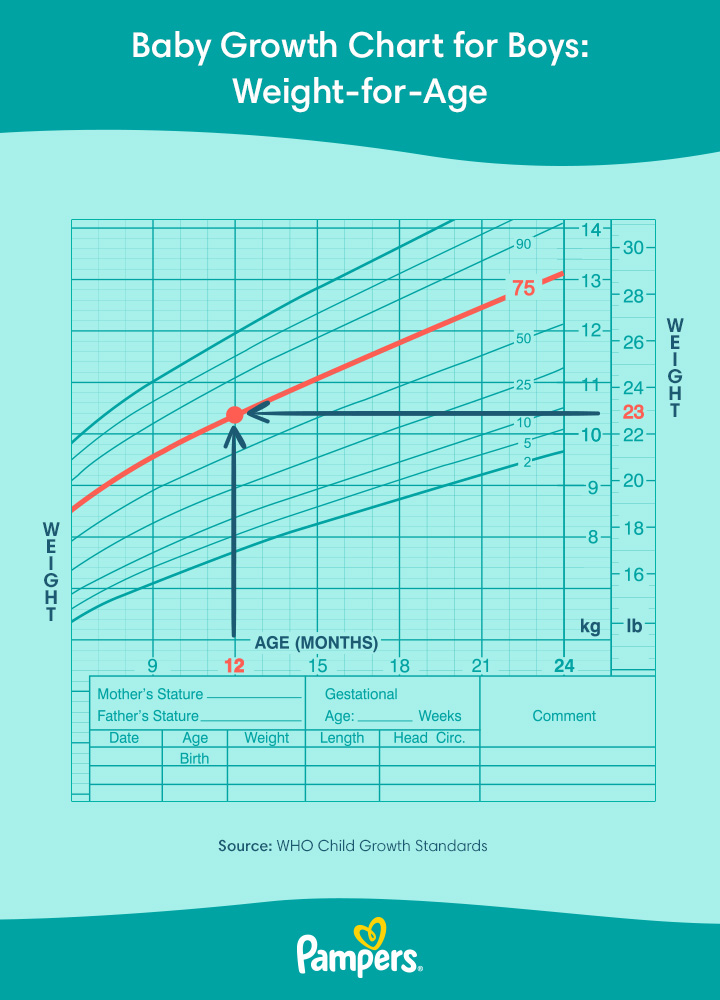
Baby Weight Percentile: A Comprehensive Guide for Parents
Introduction
The weight of a baby is a crucial indicator of their overall health and well-being. Tracking a baby’s weight percentile can provide valuable insights into their growth and development. This article aims to provide a comprehensive guide to baby weight percentiles, empowering parents with the knowledge and understanding to make informed decisions about their child’s health.
What is a Baby Weight Percentile?
A baby weight percentile is a statistical measure that compares a baby’s weight to other babies of the same age and sex. It represents the percentage of babies who weigh less than the baby in question. For example, a baby weight percentile of 50% means that the baby weighs more than 50% of babies of the same age and sex.
How to Calculate Baby Weight Percentile
Baby weight percentiles are calculated using growth charts developed by the World Health Organization (WHO) or the Centers for Disease Control and Prevention (CDC). These charts plot a baby’s weight against their age and sex. To calculate a baby’s weight percentile:
- Gather data: Record the baby’s weight and age.
- Find the appropriate growth chart: Use a growth chart specific to the baby’s age and sex.
- Locate the baby’s weight on the chart: Find the line corresponding to the baby’s weight.
- Determine the percentile: Follow the line to the left or right to find the percentile corresponding to the baby’s weight.
Interpreting Baby Weight Percentiles
Baby weight percentiles are typically divided into three categories:
- Underweight: Below the 5th percentile
- Healthy weight: Between the 5th and 85th percentile
- Overweight: Above the 85th percentile
Factors Influencing Baby Weight Percentile
Several factors can influence a baby’s weight percentile, including:
- Genetics: Family history of weight and body composition
- Gestational age: Premature babies tend to have lower birth weights
- Birth weight: Babies with higher birth weights tend to have higher weight percentiles
- Feeding practices: Breastfed babies typically gain weight more slowly than formula-fed babies
- Health conditions: Certain medical conditions can affect weight gain
Monitoring Baby Weight Percentile
Regularly monitoring a baby’s weight percentile is essential for tracking their growth and development. Parents should:
- Weigh the baby regularly: Use a calibrated scale to weigh the baby at least once a month.
- Plot the weight on a growth chart: Track the baby’s weight percentile over time.
- Consult with a healthcare professional: Discuss any concerns or questions about the baby’s weight percentile with a pediatrician or other healthcare provider.
Addressing Weight Concerns
If a baby’s weight percentile falls outside the healthy range, it is important to address the underlying cause. This may involve:
- Adjusting feeding practices: Increasing or decreasing the frequency or amount of feedings
- Medical evaluation: Ruling out any underlying health conditions
- Dietary changes: Modifying the baby’s diet to promote healthy weight gain or loss
Conclusion
Baby weight percentiles are a valuable tool for assessing a baby’s growth and development. By understanding how to calculate and interpret weight percentiles, parents can make informed decisions about their child’s health and well-being. Regular monitoring and consultation with a healthcare professional are crucial for ensuring that babies reach their full growth potential and maintain a healthy weight.
